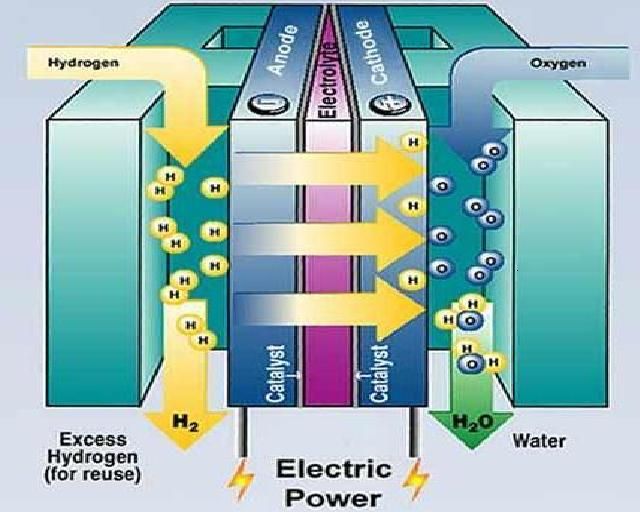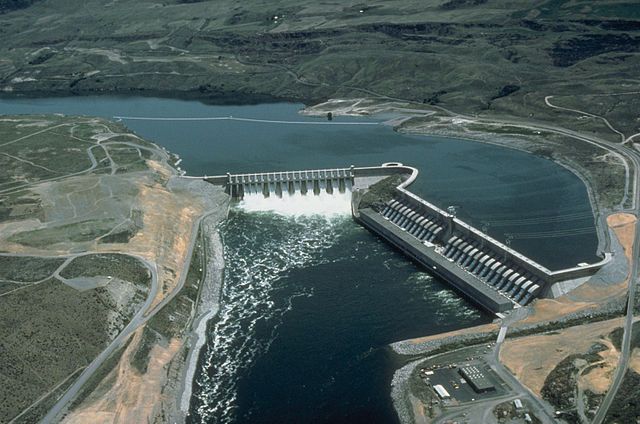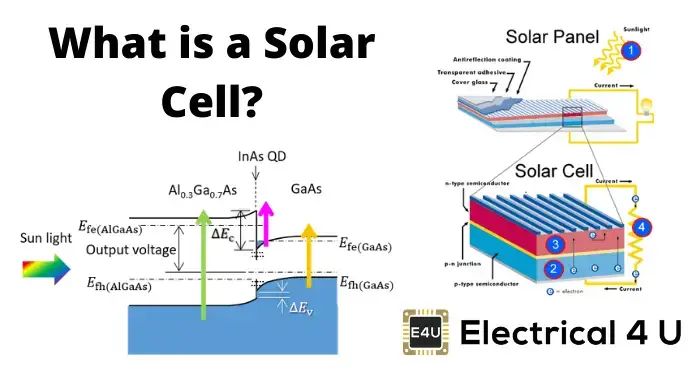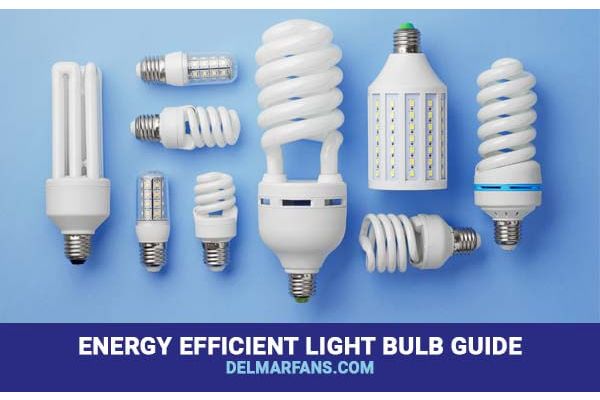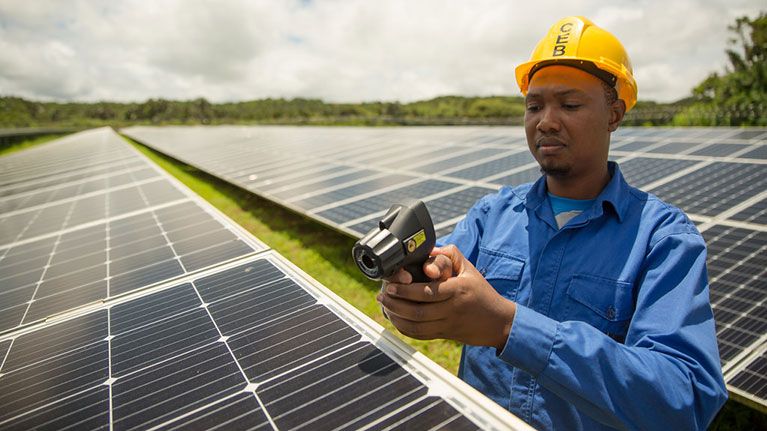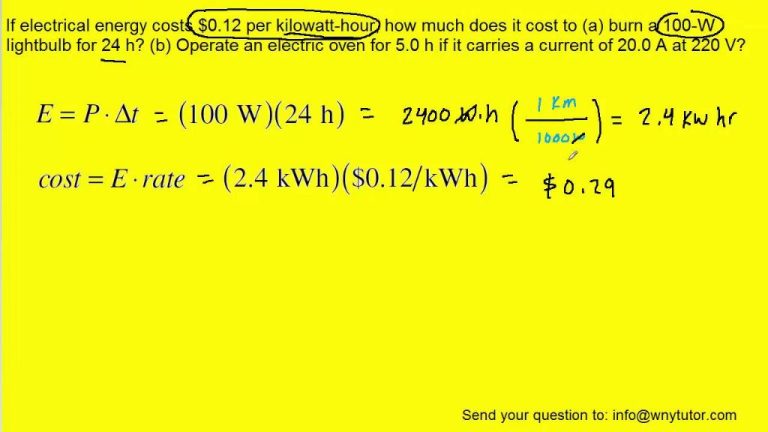Why Are Renewable Resources Not Sustainable?
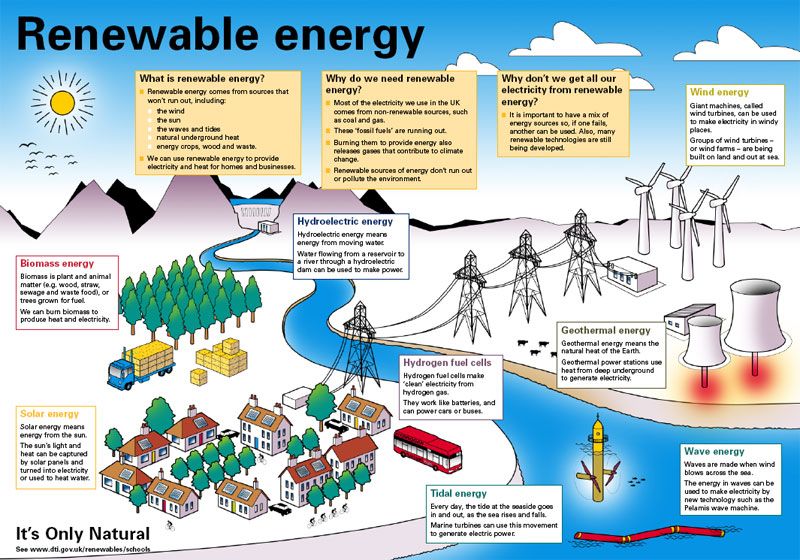
Renewable resources are defined as those that replenish themselves over time and can be replaced as they are consumed (https://revolutionized.com/examples-of-renewable-resources/). They include things like solar, wind, geothermal, and hydropower. Many people believe renewable resources are sustainable because they replenish naturally and are infinite in duration. However, while renewable resources do replenish, they are not truly sustainable at scale for modern human civilization due to constraints like land use, intermittency, and negative externalities.
Reliance on Fossil Fuels
Most renewable energy technologies rely heavily on fossil fuels for their production, installation, and maintenance. The mining and processing of raw materials, the manufacturing of components, and the transportation of equipment all require the use of oil, coal, and natural gas (UN). In addition, fossil fuel power plants are needed to provide backup energy when renewable sources experience intermittency issues. Wind and solar power are weather-dependent and cannot generate electricity 24/7. Fast-ramping natural gas plants help fill the gap when the wind isn’t blowing or sun isn’t shining (Reuters). Lastly, renewable energy depends on existing electricity grid infrastructure that was built around fossil fuel generation. Without affordable battery storage, renewables rely on the grid’s fossil fuel plants for stability and reliability.
Resource Constraints
While renewable resources like wind and solar are abundant in nature, many of the materials needed to harness them are in limited supply. For example, wind turbines and solar panels require rare earth metals like neodymium, dysprosium, and indium, which are not abundant enough to meet the massive scaling up of renewable energy generation.
According to a report by the International Energy Agency, “The role of critical minerals in clean energy transitions,” the demand for rare earths could increase by 4 to 6 times by 2040 under a scenario aligned with limiting global warming to 2°C. Supplies of rare earth metals are geographically concentrated, with China controlling the vast majority of production. This makes the supply potentially vulnerable to geopolitical disruptions. (IEA, 2021)
Other materials face similar constraints. For example, solar panels need silver, of which there are limited economically recoverable reserves globally. Batteries for energy storage require cobalt and lithium, which could see supply limitations as production scales up. Overcoming these material constraints in a sustainable way is a key challenge in transitioning to renewable energy on a global scale.
Land Use
Renewable energy sources like solar, wind, and biofuels require significant amounts of land area for energy production. Constructing utility-scale solar and wind farms can disrupt natural habitats and wildlife.
For example, one study found that generating 20% of U.S. electricity from wind power would require land totaling the size of West Virginia (Brookings Institute, 2022). Solar photovoltaic plants have similarly intensive land requirements, with one analysis estimating solar would need 0.6% of total U.S. land area to meet electricity demand (Nature, 2021).
Developing renewable energy infrastructure often involves converting forests, grasslands, and farmland into industrial facilities. A 2019 study found that utility-scale solar development in California was correlated with reduced agricultural land rents, as farmers lost productive cropland (Nature, 2021).
Wind and solar facilities can also fragment sensitive habitats, disrupt wildlife corridors, and pose collision risks for birds and bats (Frontier Group, 2022). More research is needed to fully understand ecosystem impacts.
While renewable energy has land-use tradeoffs, advanced technologies like offshore wind and rooftop solar, along with siting facilities on marginal lands, may help minimize environmental effects (Brookings Institute, 2022).
Rebound Effect
A significant issue with renewable resources is the potential for increased overall energy usage due to the rebound effect. The rebound effect refers to the tendency for efficiency gains to spur greater energy consumption (Galvin, 2021). For example, the lower operating costs associated with renewable energy like solar and wind may lead consumers to use more energy overall.
According to research summarized by Carbon Brief, rebound effects have been found to eliminate 50-100% of expected energy savings from renewable technologies in some cases (Carbon Brief). The increased efficiency and lower effective costs of renewable power can induce greater energy usage across the economy. This issue suggests that simply adopting renewable technologies may not reduce overall fossil fuel consumption as anticipated due to complex human behavioral responses.
Costs
Renewable energy sources like wind and solar have very high upfront capital costs compared to fossil fuels. Building large-scale wind farms and solar fields requires substantial investment in equipment like turbines and panels before any energy can be generated. According to the International Renewable Energy Agency (IRENA), the global weighted average cost for newly commissioned onshore wind projects was $0.035 per kWh in 2021, while utility-scale solar PV costs were around $0.039 per kWh [1]. In comparison, natural gas and coal power is estimated to cost $0.05 per kWh and $0.09 per kWh respectively [1].
Storage and transmission costs also make renewables expensive compared to conventional sources. Solar and wind are intermittent, so energy storage is needed using batteries or other means. Building out transmission infrastructure from generating sites to population centers is also very costly for renewables. According to The Economist, factoring in these system costs makes renewables more expensive than cost comparisons based solely on generation costs [2].
Intermittency Problems
One of the biggest challenges with renewable energy sources like solar and wind is that they are intermittent – meaning they are not available 24/7 like fossil fuels. The sun is not always shining and the wind is not always blowing, so there are times when solar panels and wind turbines cannot generate electricity.
This intermittency causes problems for electrical grids, which need consistent power generation to match demand and maintain stability. Grid operators have to account for drops in renewable output by bringing other power plants online or routing power from different locations. This can be challenging and lead to price spikes when renewable output suddenly falls but demand stays high.
Energy storage systems like batteries can help mitigate intermittency by storing excess renewable energy when supply is high and discharging it when supply drops. However large-scale, long-duration storage is still expensive. Backup power sources like natural gas or hydropower plants are often needed to fill gaps when renewable generation is low.
According to a report by the American Physical Society, intermittency issues can largely be addressed with improved transmission connections over wider geographic areas, larger and more flexible electricity markets, and advanced forecasting of renewable output. But overcoming intermittency remains an active challenge in scaling up renewable energy.
Negative Externalities
Renewable energy like solar and wind are often touted as “clean” energy sources. However, producing technology like solar panels and wind turbines also has environmental impacts and negative externalities (von Möllendorff, 2015). Manufacturing solar panels, for example, requires mining minerals and processing materials in ways that use energy and create pollution. There are also concerns around properly disposing of renewable energy technology at the end of its useful life. Solar panels contain toxic materials like lead that must be handled carefully to avoid environmental contamination (O’Brien, n.d.). While renewable energy has advantages over fossil fuels, the production and waste management issues associated with renewable technology should not be ignored.
Dependency on Subsidies
Most renewable energy sources depend heavily on government subsidies and would not be economically viable or competitive without them.
According to an analysis by the U.S. Energy Information Administration, federal subsidies for renewable energy producers more than doubled between 2016 and 2022, reaching $15.6 billion and accounting for nearly half of all federal energy subsidies. The vast majority went to biofuels, wind and solar energy.
A Grantham Institute report notes that subsidies have been credited with expanding renewable energy by spurring innovation and lowering costs. However, this means the real costs of renewables are often obscured or deferred. Without permanent government support, many renewable energy sources would likely be far less competitive.
Reliance on subsidies also hides the challenges renewables face in matching the scale, reliability and output of fossil fuels. While subsidies are intended to help drive the transition to renewables, long-term dependency can distort their real costs and viability.
Conclusion
In summary, renewable energy sources such as solar, wind, hydroelectric, geothermal and biomass offer significant advantages over fossil fuels in reducing greenhouse gas emissions and moving towards a more sustainable energy system. However, renewables also have limitations when it comes to their overall sustainability and ability to completely replace fossil fuels. Some research indicates that the large-scale deployment of renewable technologies can have unintended consequences such as disrupting wildlife habitats, straining land use, and increasing emissions through a rebound effect. Renewables face constraints related to their costs, efficiency, intermittency, and reliance on government subsidies. While renewable energy will play a crucial role in the transition to a carbon-neutral economy, more research and development is still needed to improve renewable technologies and integrate them effectively as part of a truly sustainable energy system.

